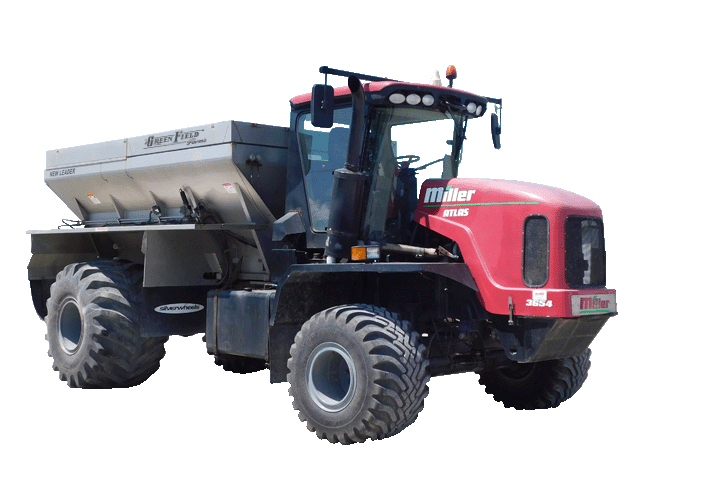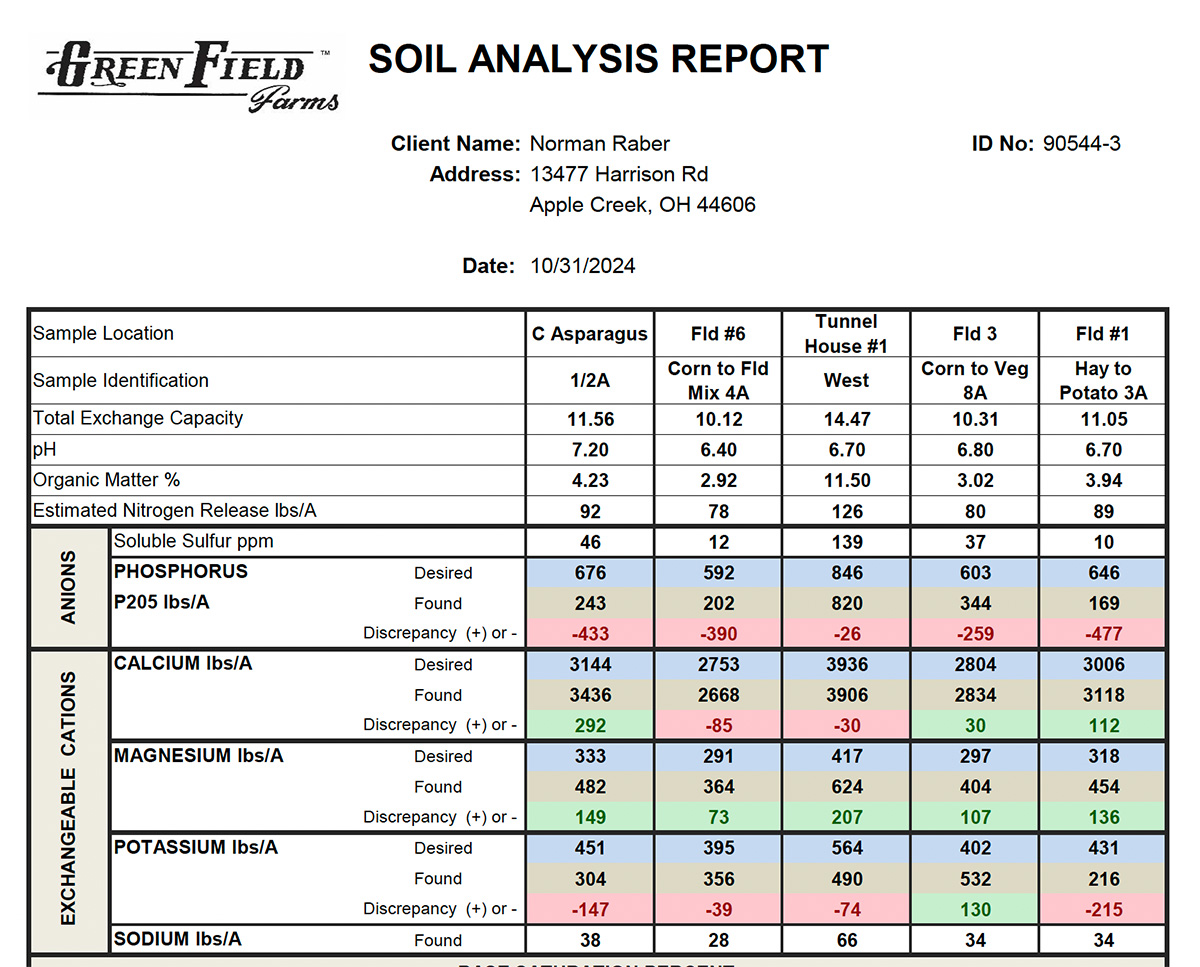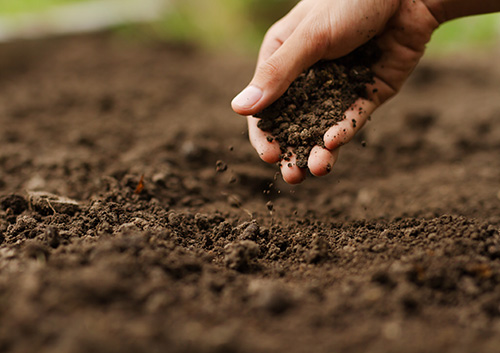

As a farmer, you can’t do without fertilizer, yet it’s one of the biggest drains on your farm. How do you make sure you’re not wasting any of that investment? Soil test kits. They’re a surefire way to prevent over- or under-fertilizing your fields.
Our detailed process is geared toward making your soil healthy without causing you extra hassle. In fact, we strive to lift some of that springtime pressure by being present when it counts and by taking care of all the soil samples, testing, blending, and spreading for you.
Here’s the proven process you can expect:
On your own farm. At your convenience.
In the consultation, we’ll discuss any questions you have and ask a few of our own. Like:
Please note: Free on farm consultation within 1hr radius of Wooster, OH. Consultation held over the phone for all farmers beyond that 1hr radius.
We take a soil sample while we’re at your farm and lab-test it. With the results, our agronomists can clearly see which minerals and nutrients will benefit your soil.
You’ll get:
Feel free to review and revise any of our recommendations to fit your financial plan.
Once you give the green light, we’ll blend the ingredients to make the unique concoction your fields need. We’ll even deliver it if you like.
Select our optional spreading service when you order, and you can knock fertilizer application off your spring list.
The spreader’s GPS makes for an even distribution. It’s also designed for minimal soil compaction–no more than 15 lb. of pressure per square inch.
Before harvest is over, we’ll check in either by phone, email, or visit. We’ll see how your crops did and get feedback from you. We’ll get a feel for next year’s plans and help you build your soil for long-term flourishing.
A soil analysis from the lab can look like a bunch of scribbles and technical jargon. How do we crack the code to figure out what your soil needs?

First, we check the base saturation on your soil sample test. Calcium should be in the 65% - 70% range, magnesium 12% - 18%, and potassium 3% - 5%. These ratios should give your soil a slightly acidic pH, around 6.4. This pH allows soil life to release food to the plants.

Second, a look at your soil structure. Clay and humus show up on your soil test as TEC. The best soils are loose and crumbly, allowing air and water to move through but with enough clay and humus to hold nutrients and moisture. You can’t change clay content, but growing cover crops and feeding soil life will increase humus.